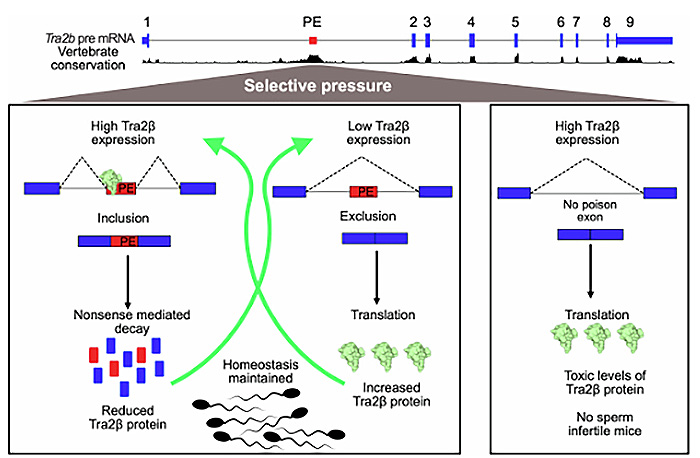Loss of a functional Neuroplastin gene in mice has been found to result in problems pairing hair cells with neurons in the inner ear, preventing sound being detected by the brain.
Deafness due to mismatched connections Loss of a functional Neuroplastin gene in mice has been found to result in problems pairing hair cells with neurons in the inner ear, preventing sound being detected by the brain Normally hair cells in the inner ear of a mouse each pair up with a neuron (left), but in mice lacking a functional Neuroplastin gene, mismatches occur (right) For the very first time, researchers at MRC Harwell have shown that the Neuroplastin gene is necessary for hearing in mice. Their findings, published in The Journal of Neuroscience on 6 January 2015, show that loss-of-function mutations in the Neuroplastin gene in mice mean the inner hair cells of the ear don’t match up properly with the neurons that transmit the signal to the brain, causing these mice to be profoundly deaf. It provides a new possible cause of deafness in people. While mice are tuned towards higher pitched sounds than we are, the basic mechanism for how their hearing works is much the same; the sound travels along the ear canal as vibrations until these reach the inner ear, where they cause specialised structures on the upper surface of the inner hair cells to flex, pulling open ion channels at their tips and triggering electrical impulses along connecting neurons to the brain. Around the time of the onset of hearing in mice, the researchers found that one of the two possible protein products from the Neuroplastin gene, Np65, is produced in the inner ear. Np65 is found at the base of inner hair cells, the region where they form synapses with neurons. Normally, a sound triggers the release of the neurotransmitter glutamate at these sites, which crosses the gap to pass on the signal to the connecting neurons and on to the brain. However, the researchers found that when the function of the Neuroplastin gene was lost, the inner hair cells and neurons didn’t pair up properly. This suggests that Neuroplastin may be important for this matching process, either by helping to target neurons to inner hair cells, or by tethering them together. So while the sound vibrations are detected by the ears of the mice, the signal never reaches their brain, meaning that mice without a functional Neuroplastin gene are deaf from a very young age. Identification of a new genetic cause of deafness, such as this, tells us more about the normal process of hearing and the essential components required. In the UK, more than 11 million people are affected by hearing loss. This newfound knowledge might one day be used to determine the exact cause of a person’s deafness, so they can receive the most appropriate treatment.



